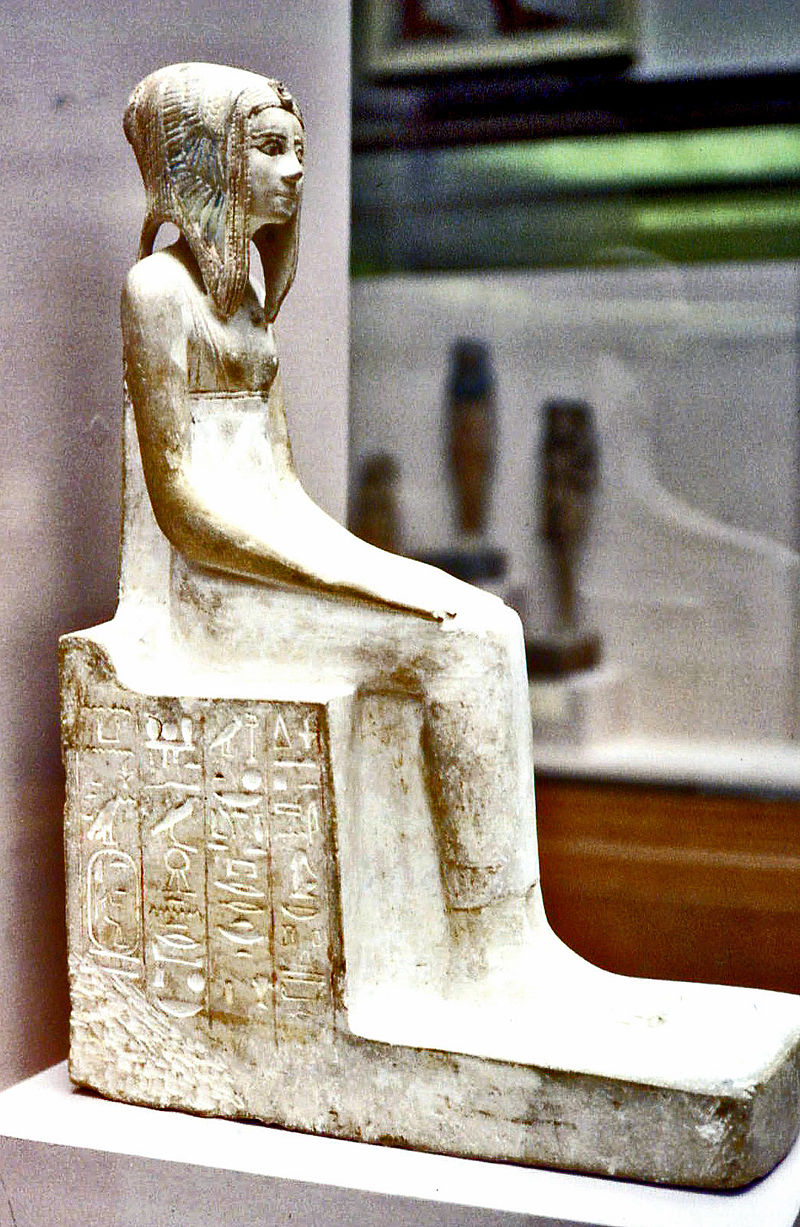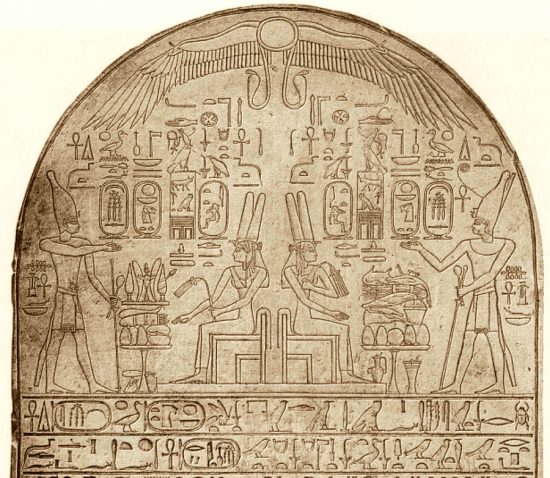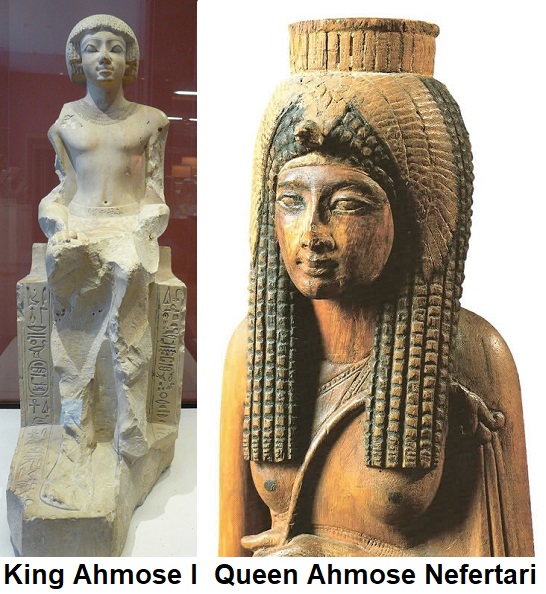In ancient Egypt’s reign, there were times foreign aggressors overrun the state. None caused so much trouble as the Hyksos, whose name also means “rulers of foreign lands.”
The Hyksos came into the picture during Egypt’s 13th dynasty and were contained, but by the late 18th century B.C., they had usurped power.
They were intruders of Asiatic origin who at a time controlled the Nile Delta. Their ferocity claimed the life of Pharaoh Seqenenre Tao whom they murdered further decimating the Egyptian army.
The Hyksos upon conquering Egypt demanded tribute from the rulers of Upper Egypt in Thebes and took their princesses as wives.
Egyptian historian Manetho best summed up the barbarism of the Hyksos. “[They] burned our cities ruthlessly, razed to the ground the temples of our gods, and treated all the natives with a cruel hostility.”
According to Manetho writing more than a millennium after its occurrence, ‘heqa khasut’, foreign rulers known as the ‘Hyksos’ in Greek arrived on the scene during Egypt’s 13th dynasty and by 1650 B.C., had become militarily powerful, captured the ancient royal city of Memphis in a decisive victory that brought Egypt’s Middle Kingdom to an end.
Writing in the fourth or third century B.C., Manetho described how the Hyksos overwhelmed Egypt: “Suddenly from the regions of the East, invaders of an obscure race marched in confidence of victory against our land. They easily seized it without striking a blow; and having over-powered the rulers, they then burned our cities ruthlessly, razed to the ground the temples of the gods, and treated all the natives with a cruel hostility.”
Luckily, ancient Egypt on occasions practiced a parallel system where the north or south nourished one faction to strength and so while the Hyksos controlled the north, a separate dynasty was growing in the south, centered in Thebes and guided by powerful queens.
The Hyksos thus began ruling Egypt as its 15th dynasty occupying swathes of northern and central Egypt for the next century. In the south, however, parallel dynasties—the 16th and the 17th—were established, formed in part by the original rulers of that area, who saw themselves as the continuation of native Egyptian power.
“The southern city of Thebes served as the base of the Egyptian challenge to the Hyksos. The city sat on the banks of the Nile, more than 400 miles south of the modern city of Cairo. The kings of the 16th dynasty survived as vassals of the Hyksos, but the 17th dynasty began to fight back with the help of three women, all queens of Thebes: Tetisheri, daughter Ahhotep, and granddaughter Ahmose Nefertari.”

The three queens aided Egypt to strike back against the Hyksos and retake their cities in the north around 1521 B.C.
The Hyksos king Apophis I ruled the north from the city of Avaris in the Nile Delta. During this time, Pharaoh Seqenenre Tao II ruled in the southern, Theban lands. Seqenenre Tao II launched a campaign to challenge the Hyksos rule and was backed by many, including his own mother, Queen Tetisheri.
Tetisheri was not of royal blood. She was the daughter of commoners. She married Seqenenre Tao I. Her husband was the one who first initiated the push to unify their country.

It is believed that Tetisheri was widowed while she was still young. She exercised great powers particularly in military affairs as regent to her son Seqenenre Tao II and wielded influence during her grandson’s rule.
As was later to be done among European royals, ancient Egypt allowed for brother and sister to marry so Ahhotep and Seqenenre Tao II lived as a couple both children of the tenacious matriarch Tetisheri.
Ahhotep supported her husband’s fight against the Hyksos occupation in the north, however, Seqenenre Tao II was killed in battle with later analysis showing his skull bore signs of ax wounds in the neck and in the forehead as well as a shattered cheekbone inflicted by a narrow ax blade typical of the Hyksos.
With mourning postponed, the war against the Hyksos continued. The next king, Kamose—perhaps a son of Seqenenre Tao and Ahhotep—continued the rebellion against the Hyksos but was also to die in battle just three years into his rule.

Ahmose I succeeded Kamose but historians reckon, he must have been young so his mother Ahhotep acted as regent. Although information on her reign is scant, she is believed to have continued the anti-Hyksos campaign who had formed an alliance with Nubia meaning in both the north as well as the south, Ahhotep and Ahmose I had to face two aggressors. Military honors were found among her grave goods. A large stela in the temple at Karnak also describes Queen Ahhotep’s significance.
“She governs vast numbers of people and cares for Egypt wisely; she has attended to its army; she has looked after it; she has forced its enemies to leave and united dissenters; she has pacified Upper and Lower Egypt and made the rebels submit.”

Aiding her son, “Ahmose was able to complete the campaigns started by his mother and others before her. Around 1521 B.C., he captured Memphis and the Hyksos stronghold of Avaris. With Ahhotep maintaining control in Thebes, Ahmose seized gold-rich territories in Nubia to the south, and then he returned north to drive the Hyksos from the Egyptian border, beyond the Sinai. After a century of turmoil, the first king of the 18th dynasty ruled, at last, over a reunited Egypt.”
Following tradition, Ahmose took his sister as his wife. Like the matriarchs preceding her, Queen Ahmose Nefertari distinguished herself well having witnessed the campaigns against the Hyksos and the cost her family had to endure.

Ahmose Nefertari also helped solidify the reunification of Egypt during son Amenhotep I’s reign. Ahmose Nefertari was given the title “Wife of the God,” which reflected her privileged position among the priests of the god Amun in Thebes.
She was also notably involved in monitoring and supervising construction. Her name is on texts recording the opening of mines and quarries, whose wealth would underwrite the achievements of the 18th dynasty. Together with her son Amenhotep I, she was traditionally regarded as the patron of what is today known as Deir el Medina, the village for craftsmen working on the construction of royal tombs in the Valley of the Kings.










